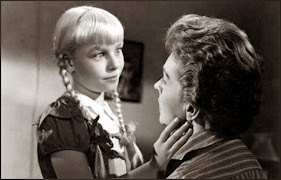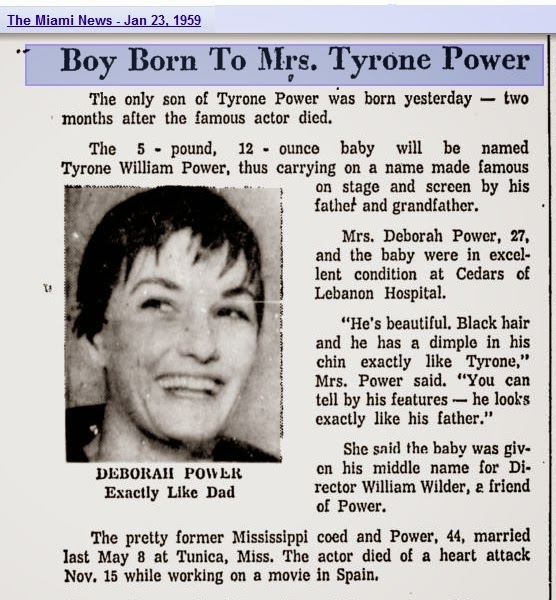Before easily accessible refrigeration, getting fresh, drinkable milk from the cow to the kitchen was difficult in densely-packed cities or if you didn't have your own livestock. Enter the milkman.
There he stands in a white shirt and white pants resembling the product he delivers door-to-door everyday. The neighborhood milkman is often portrayed as docile as the cows his company milks, which, unfortunately, makes him ripe for ridicule in the movies.
Take, for instance, Danny Kaye's movie The Kid from Brooklyn (1946). The milkman is a milquetoast, a figure of weakness. Still, he finds a spine by the end of the film. You'll find a similar wacky take on the profession with Donald O'Connor's starring role in The Milkman (1950).
In The Clock (1945), however, we get a different bent. James Gleason's milkman is a symbol of normalcy during the war. He is the kind and inviting face of New York.
By the 1950s and 1960s, inexpensive refrigeration was taking over, which means you could keep your milk at home fresher longer. There was less need for daily deliveries from the farm. As the milkman's duties became more obsolete in real life, you'd see less of him in the movies.
There is one sort of last hurrah for the modern milkman in Send Me No Flowers (1964). Dave Willock's milkman has only a few minutes onscreen as a gossip who knows everyone's personal business. He deduces through the change in dairy order that the Bullards are getting a divorce and tells all the neighbors. He's an hilarious figure who is slightly nefarious, hiding in bushes and whatnot.
Perhaps the most well known milkman on film or stage is Tevye in The Fiddler on the Roof (1971). Played by Topol in the movie, his is a traditional delivery system with horse and cart instead of a refrigerated truck. This is pre-revolutionary Russia.
For the customers, Teyve's cart is the place that's neither home nor work, the 3rd place, the Starbucks of the town where you unwind. As such, this is a gathering place for the latest news or where a traveler might find refreshment.
Not only do the customers leave with a container of milk or a round of cheese, they also leave with a sense of companionship. Tevye is my favorite movie milkman.
Who's your favorite movie milkman?
Further Notes
You might find the history of the New England milkman an interesting read: From Dairy to Doorstep.




































